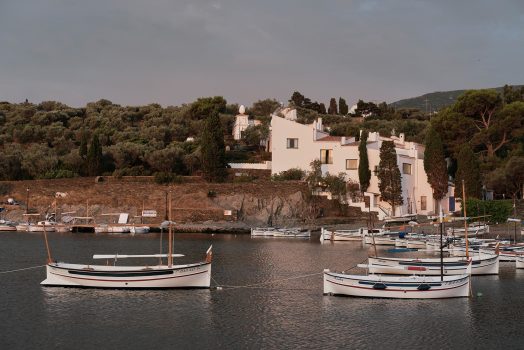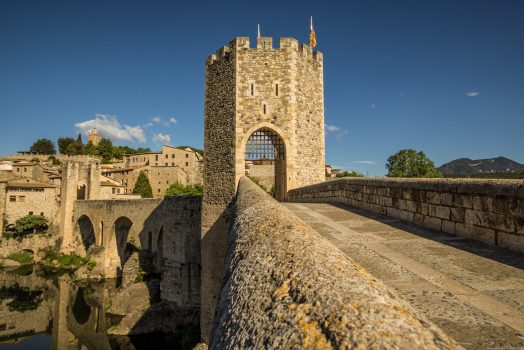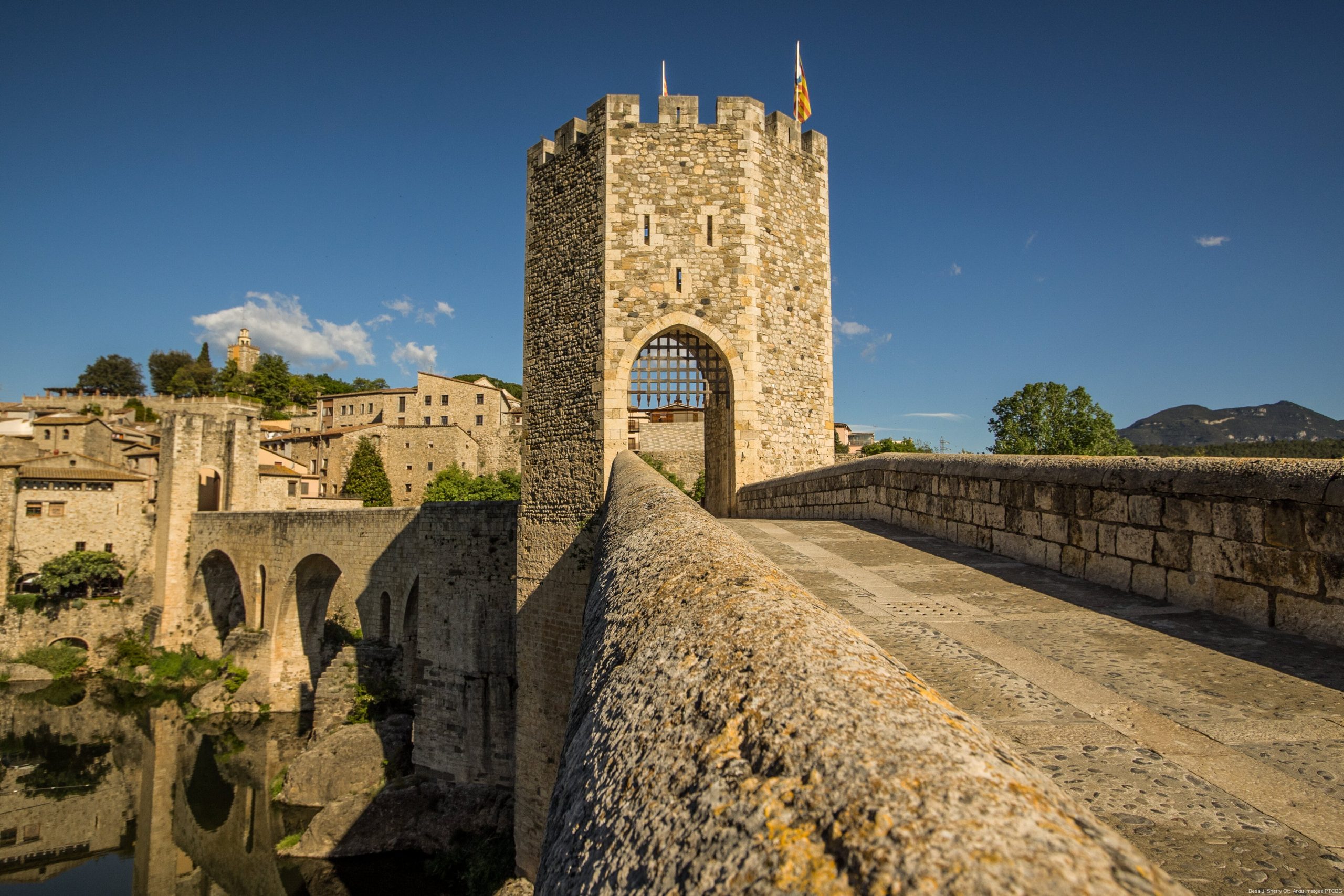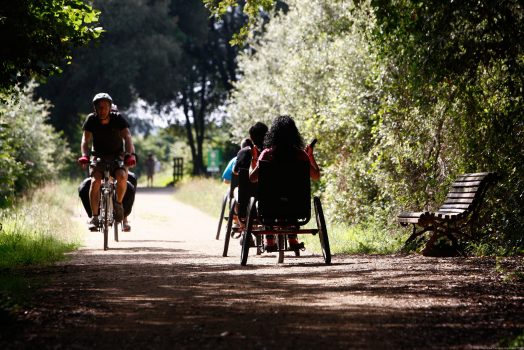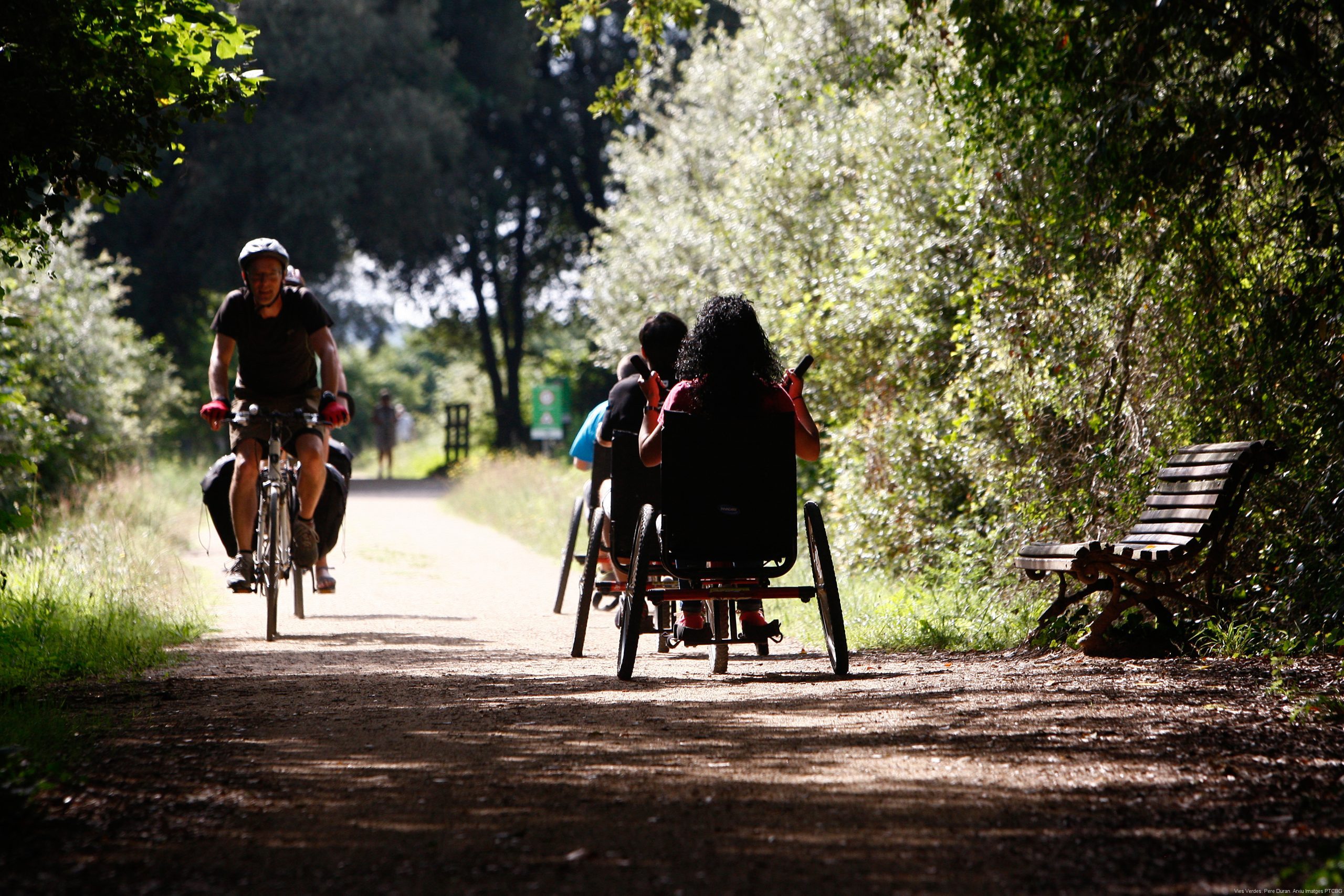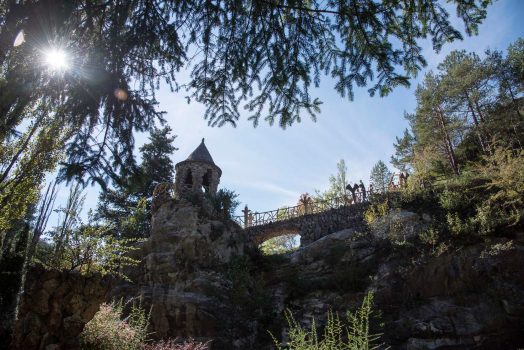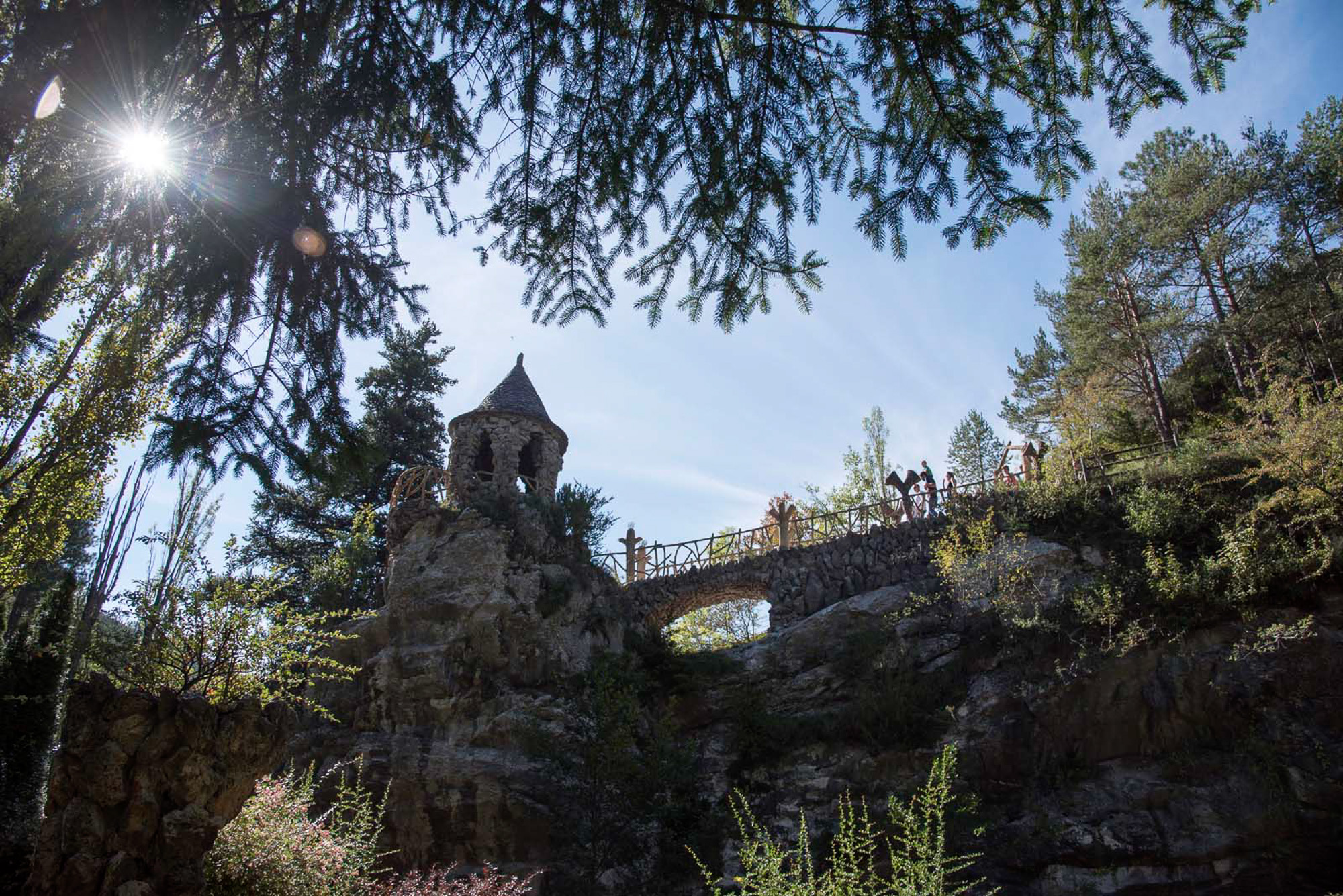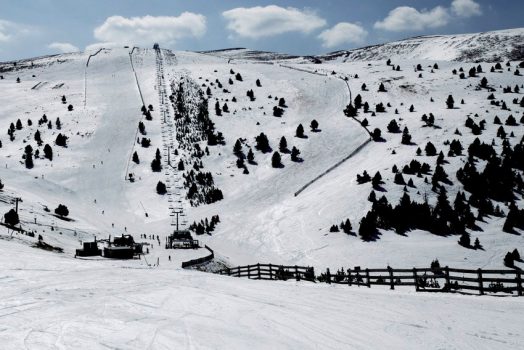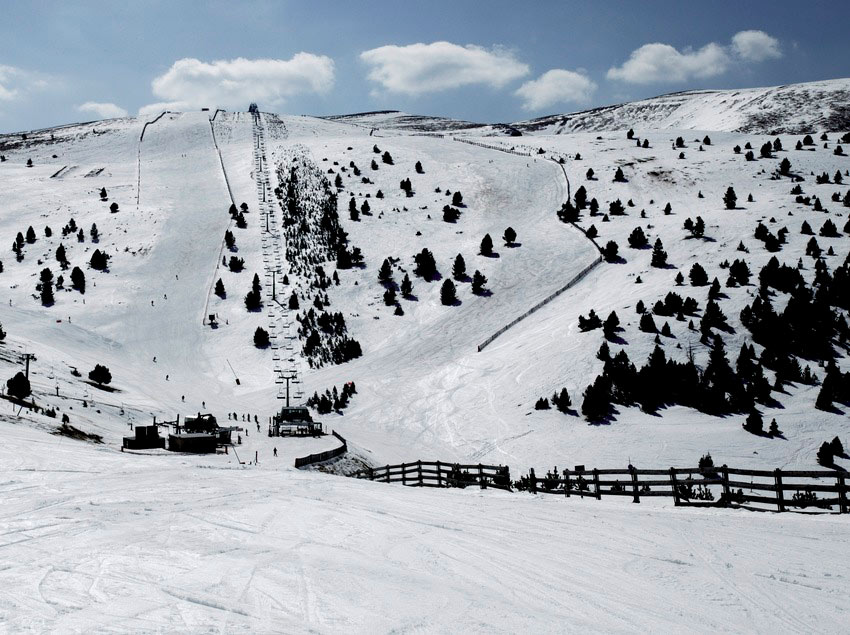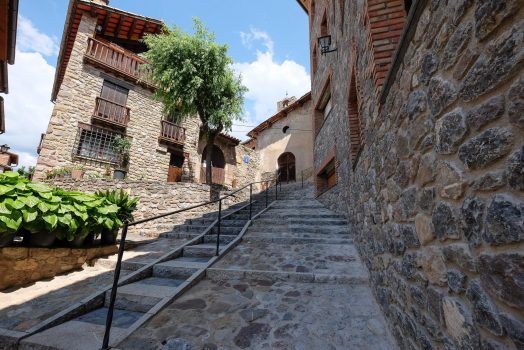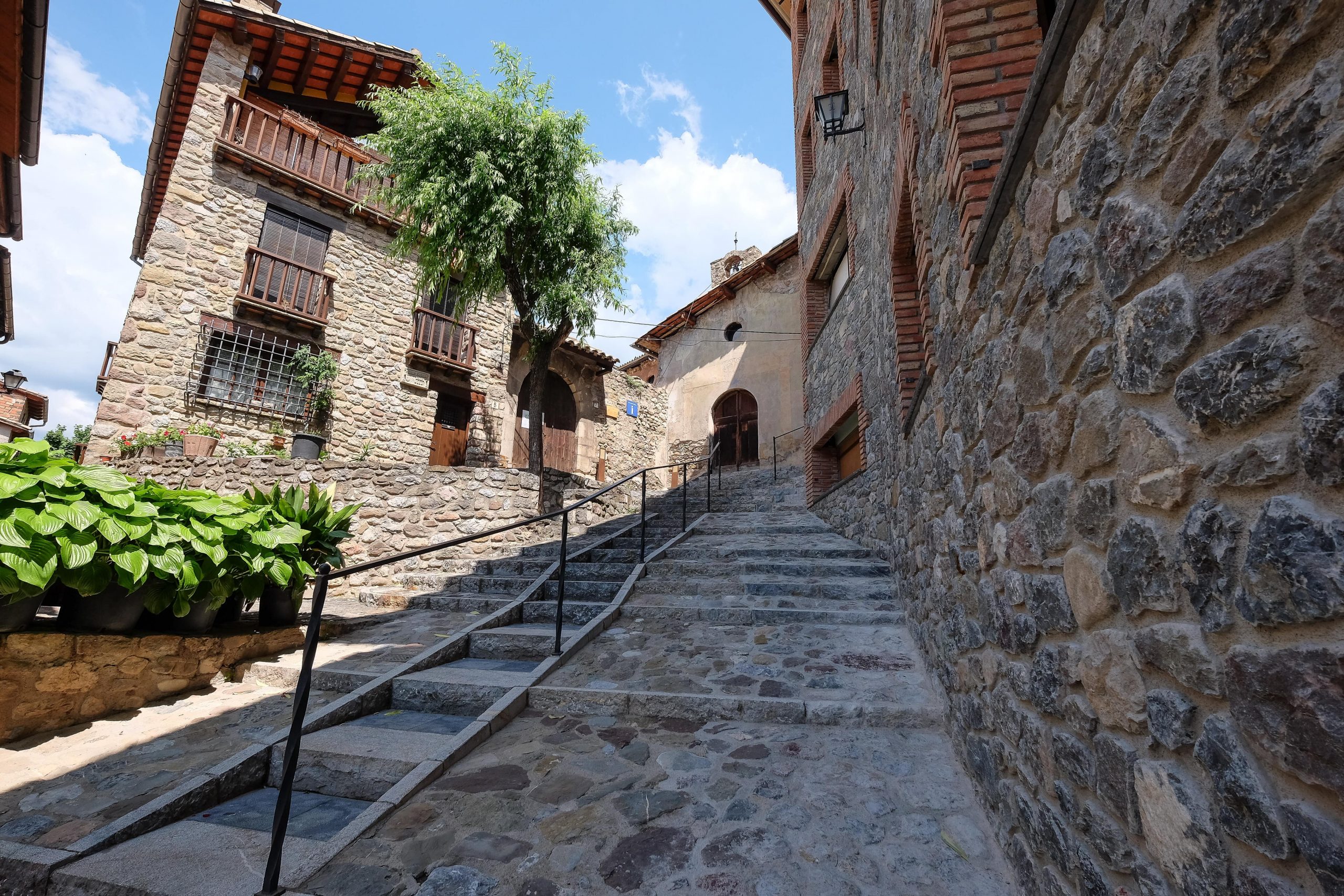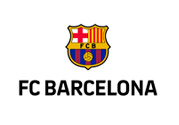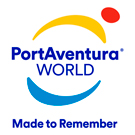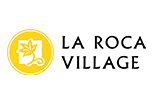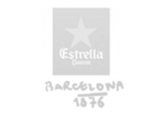The village that inspired a genius, Pablo Picasso, will be our first stop on this route, which will take us down the path of the Cathars’ exile, to discover a magical mountain, and to Ripoll where we will learn that bibles can also be made of stone. We will walk through enchanted forests that served as refuges for poets and float in balloons over a landscape of dozens of volcanoes. We will visit medieval villas and discover the culinary secrets of the many Catalan recipes that originated here. The route will end in another village that also became a muse, Figueres, Salvador Dalí’s home town.
Dalí and L’Empordà
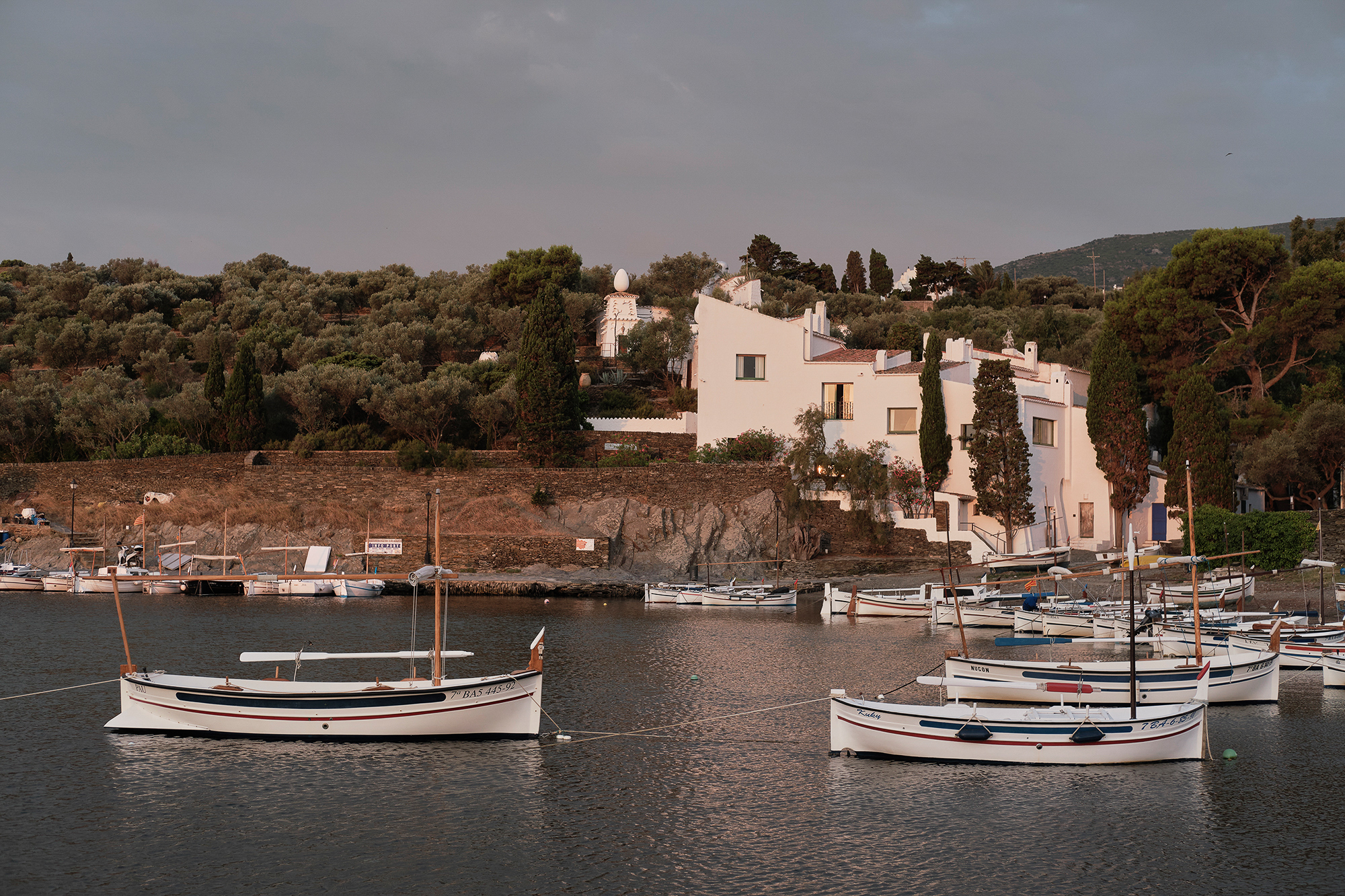
The Dalí Triangle consists of the Dalí Theatre-Museum in Figueres, the Castell Gala Dalí Museum in Púbol and the Salvador Dalí Museum-House in Portlligat. “In this privileged place the real and the sublime almost touch. My mystical paradise begins on the plains of el Empordà, surrounded by the hills of Les Alberes, and comes into its own in the bay of Cadaqués. This country is my permanent inspiration.” These are the words of Salvador Dalí, surrealist genius. The landscapes of L’Empordà, the white-washed houses, the Mediterranean sky, the rock formations and the Tramuntana mountains form part of a territory that is an integral part of the painter’s pictorial universe. In Figueres there are several locations connected to his life. On the 11th of May, 1904, in a modernist building on carrer Monturiol in Figueres, Salvador Dalí was born; the church of Sant Pere played a leading role in several essential stages of the artist's life: his baptism, first communion and funeral. At the Museu del Joguet de Catalunya we can see an exhibition about Dalí's youth, featuring objects such as his toys or photo albums, and the Dalí Jewels collection contains thirty-seven items of jewellery and more than twenty drawings of the designs the artist produced over three decades. At the Dalí Theatre-Museum they present a wide collection of the painter's works. While the building's original exterior remains a true reflection of the artist's life and work, the interior is a temple of surrealism. The Castell de Púbol was a gift from the painter to his wife and muse Gala. Highlights include an old kitchen converted into a bathroom, the piano room, the garden pool, and Gala's mausoleum. Cadaqués was a kind of creative haven for Dalí. Eventually he ended up buying a set of fishermen's houses on the local beach of Portlligat, which he turned into his home and workshop. That Portlligat house was a meeting place for many artists and intellectuals of the era, such as his filmmaker friend Luis Buñuel and poet Federico García Lorca.
Dalí and L’Empordà

The Dalí Triangle consists of the Dalí Theatre-Museum in Figueres, the Castell Gala Dalí Museum in Púbol and the Salvador Dalí Museum-House in Portlligat. “In this privileged place the real and the sublime almost touch. My mystical paradise begins on the plains of el Empordà, surrounded by the hills of Les Alberes, and comes into its own in the bay of Cadaqués. This country is my permanent inspiration.” These are the words of Salvador Dalí, surrealist genius. The landscapes of L’Empordà, the white-washed houses, the Mediterranean sky, the rock formations and the Tramuntana mountains form part of a territory that is an integral part of the painter’s pictorial universe. In Figueres there are several locations connected to his life. On the 11th of May, 1904, in a modernist building on carrer Monturiol in Figueres, Salvador Dalí was born; the church of Sant Pere played a leading role in several essential stages of the artist's life: his baptism, first communion and funeral. At the Museu del Joguet de Catalunya we can see an exhibition about Dalí's youth, featuring objects such as his toys or photo albums, and the Dalí Jewels collection contains thirty-seven items of jewellery and more than twenty drawings of the designs the artist produced over three decades. At the Dalí Theatre-Museum they present a wide collection of the painter's works. While the building's original exterior remains a true reflection of the artist's life and work, the interior is a temple of surrealism. The Castell de Púbol was a gift from the painter to his wife and muse Gala. Highlights include an old kitchen converted into a bathroom, the piano room, the garden pool, and Gala's mausoleum. Cadaqués was a kind of creative haven for Dalí. Eventually he ended up buying a set of fishermen's houses on the local beach of Portlligat, which he turned into his home and workshop. That Portlligat house was a meeting place for many artists and intellectuals of the era, such as his filmmaker friend Luis Buñuel and poet Federico García Lorca.
The Dalí Triangle consists of the Dalí Theatre-Museum in Figueres, the Castell Gala Dalí Museum in Púbol and the Salvador...


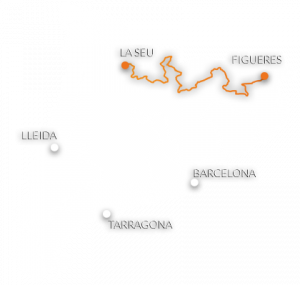
 Download map
Download map